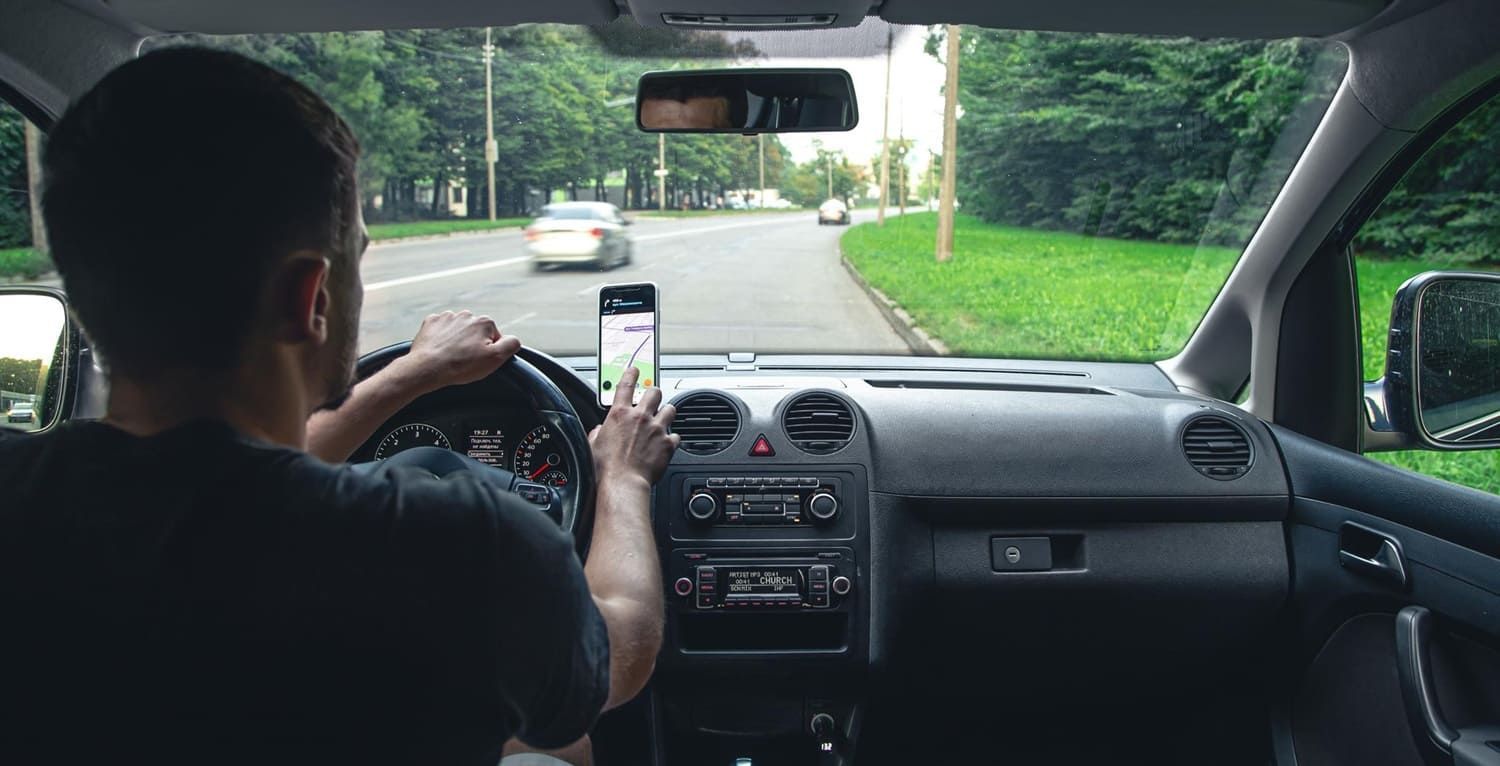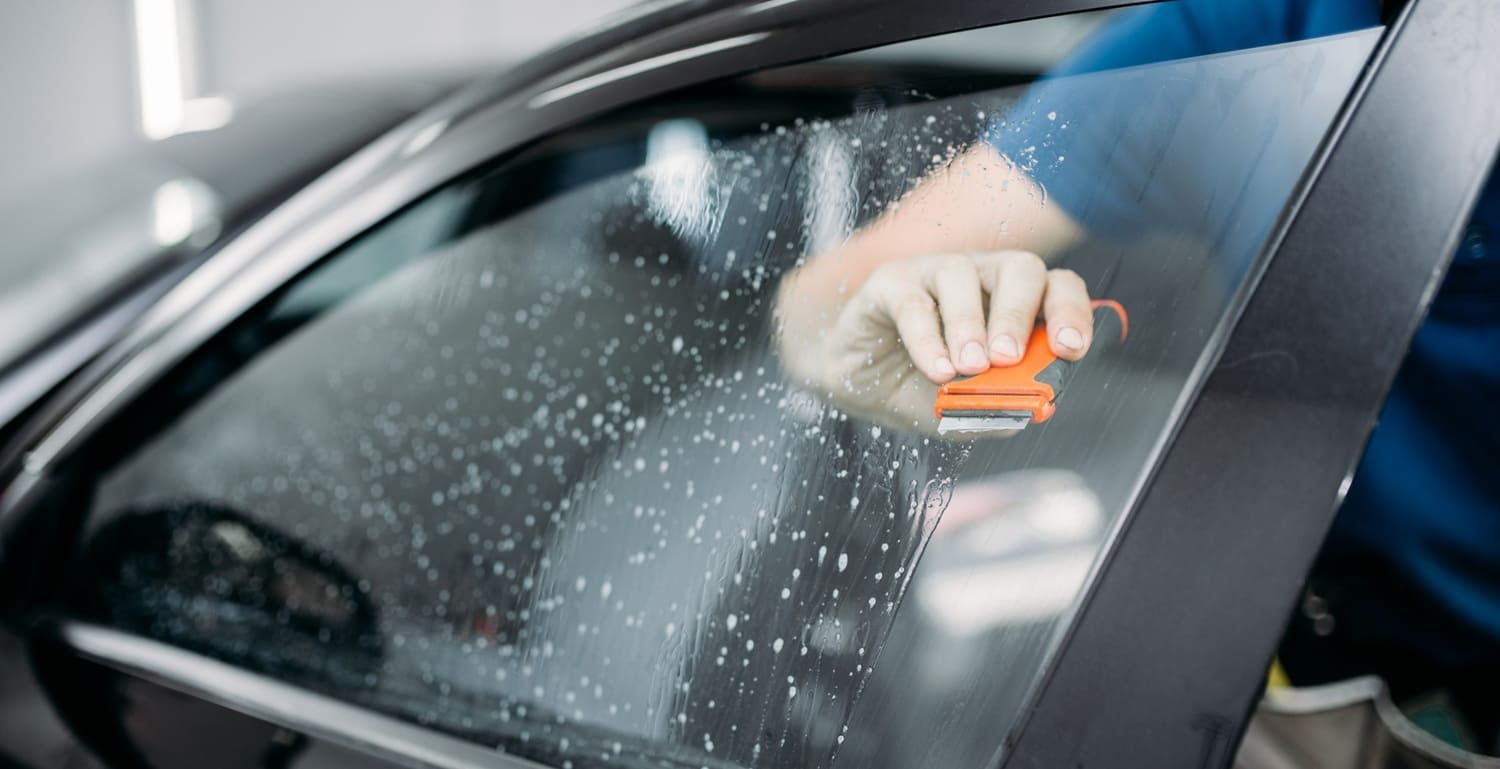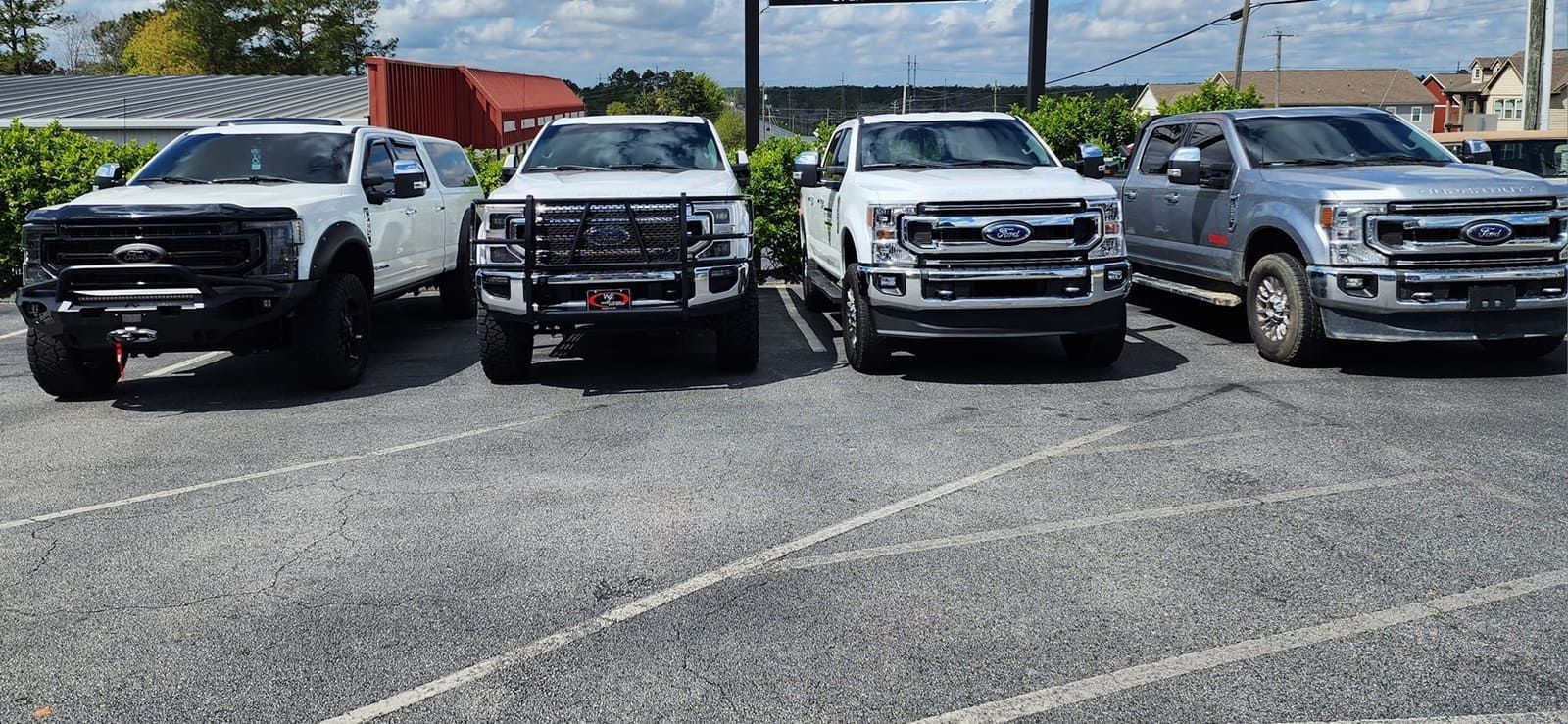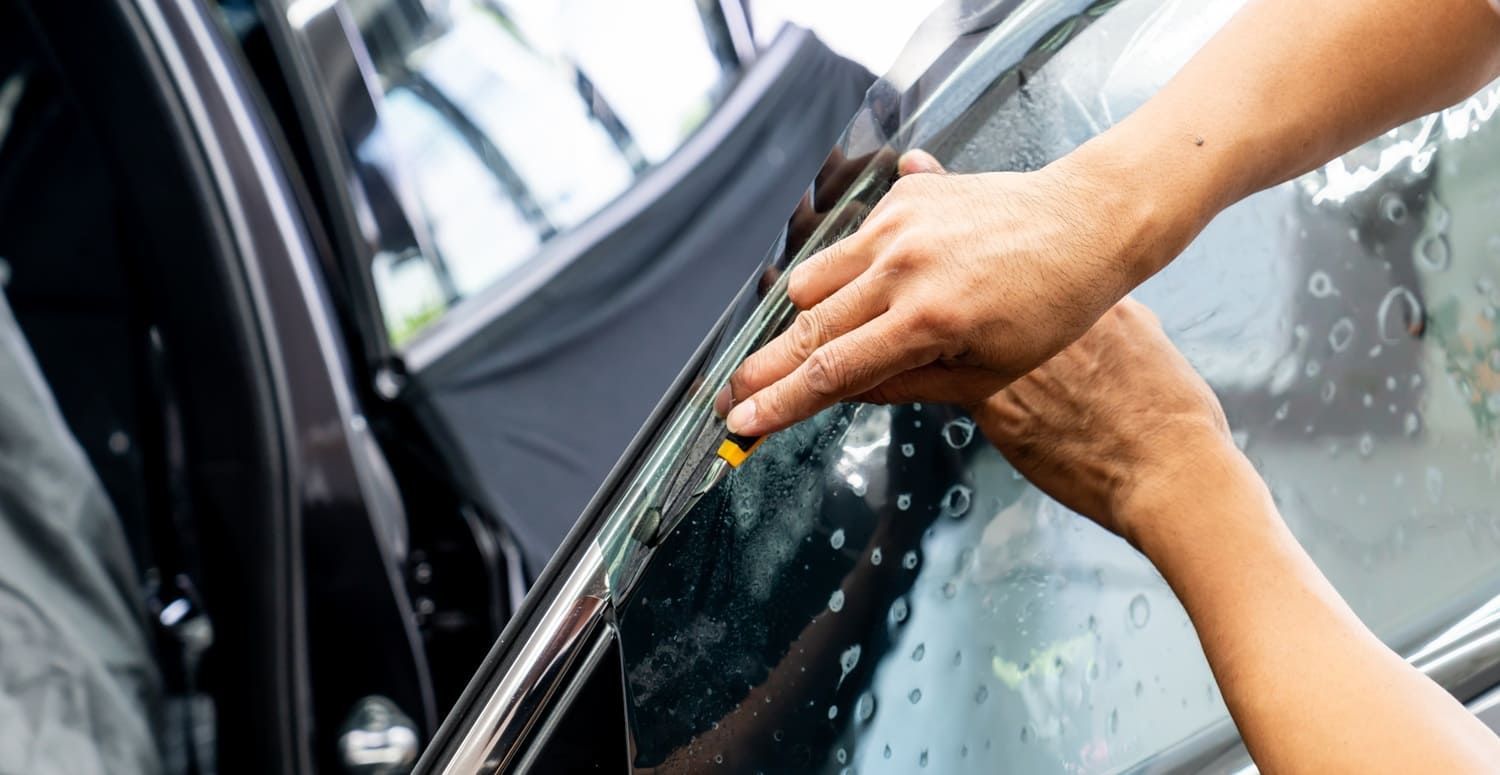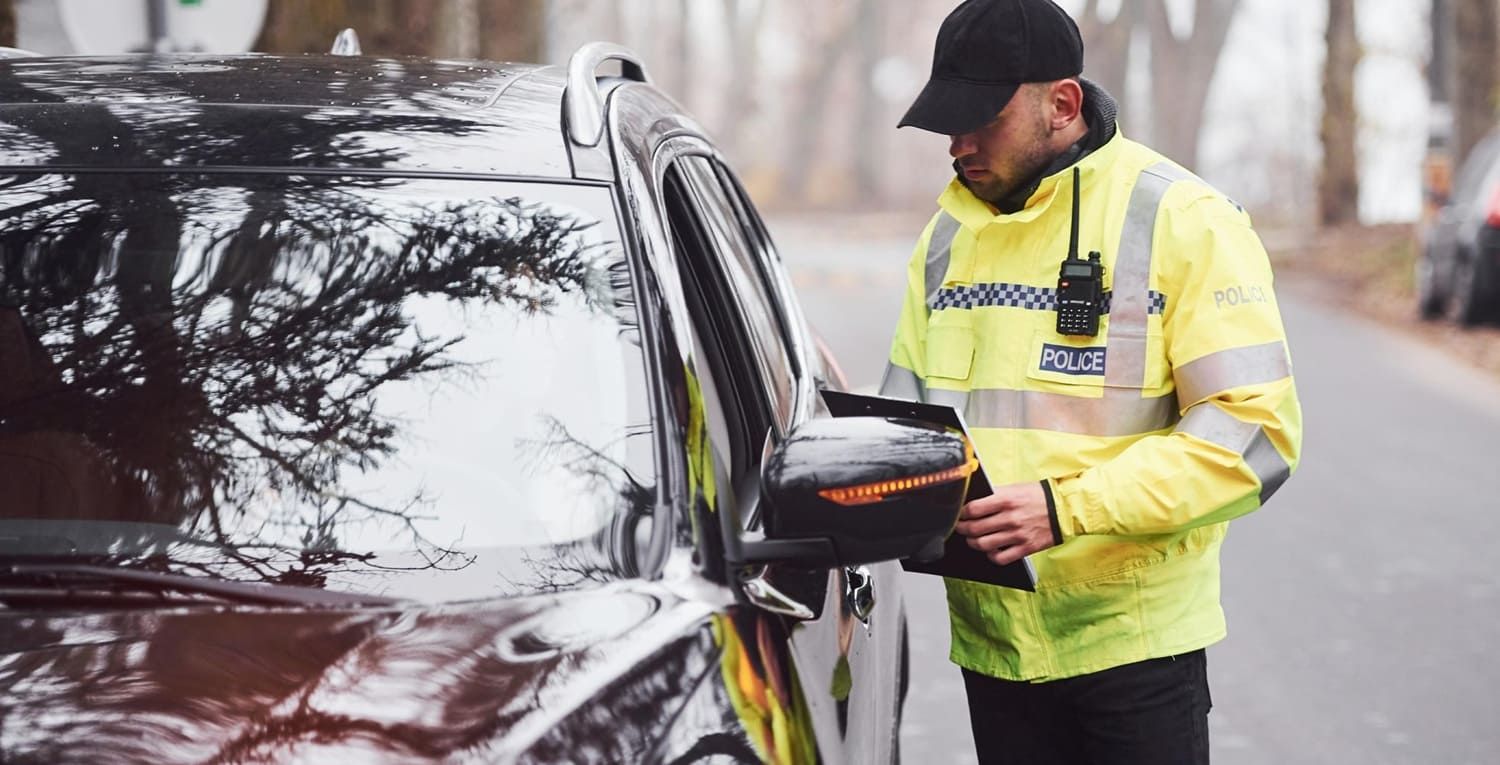Car Window Tint Laws by State: What Drivers Must Know
When it comes to modifying your vehicle, window tinting is a popular choice for many drivers. Whether it's for privacy, UV protection, or simply aesthetics, automotive window tint can add significant value to your vehicle. However, it's crucial to be aware of the car window tint laws in your state to avoid hefty fines and ensure compliance with local regulations. Laws regarding window tinting are not only about maintaining uniformity but are often rooted in safety and visibility concerns that have been legislated to protect all road users. This article will guide you through the essentials of window tint regulations across the United States, with a special focus on the upcoming changes in the Georgia window tint law 2025.
Window tint laws vary significantly from state to state, and it's essential to understand these differences if you're considering tinting your car windows. Generally, these laws regulate the percentage of visible light transmission (VLT) allowed through your car windows. The VLT percentage refers to the amount of light that can pass through the tint and glass. For example, a 70% VLT means 70% of the light can pass through, while 30% is blocked. This percentage is crucial because it influences both the interior light level of the vehicle and the ability of law enforcement to see inside the vehicle during stops.

Why Window Tinting is Regulated
Window tinting is regulated for several reasons. Safety is a primary concern; excessive tinting can impair a driver's vision, especially at night or in poor weather conditions. This impairment can increase the risk of accidents, making it a significant concern for traffic safety authorities. Furthermore, it can hinder law enforcement officers from seeing inside the vehicle during traffic stops, which is essential for their safety and security.
Health considerations also play a role. While tinting can protect against harmful UV rays, too much tint can lead to overheating inside the vehicle, potentially affecting both the driver and passengers' comfort and health. Privacy and security are additional factors; tinting provides privacy to vehicle occupants, but excessively dark tints can be used to conceal unlawful activities. This poses a challenge for law enforcement who need visibility into vehicles for routine checks and public safety.
State-by-State Window Tint Regulations
Here's a breakdown of window tint laws by state. Keep in mind that these regulations can change, so always check the current laws in your state before making any modifications. Each state has its legislative nuances, often shaped by local climate conditions, public safety priorities, and enforcement capabilities, making it essential for vehicle owners to stay informed.
Alabama
- Front Side Windows: Must allow more than 32% of light in. This regulation ensures sufficient visibility for drivers, particularly in regions with variable weather conditions.
- Back Side and Rear Windows: Any darkness can be used. The flexibility in these windows supports privacy needs without compromising safety.
- Windshield: Non-reflective tint is allowed on the top six inches. This provision aims to minimize glare while maintaining a clear line of sight for the driver.
California
- Front Side Windows: Must allow more than 70% of light in. California's stricter laws reflect its dense population and traffic conditions, emphasizing safety.
- Back Side and Rear Windows: Any darkness can be used. Despite the stringent front window law, rear windows offer more leniency, balancing privacy and safety.
- Windshield: Tinting allowed only on the top four inches. This law minimizes distractions and glare without obstructing the driver's view.
Florida
- Front Side Windows: Must allow more than 28% of light in. Florida’s regulations account for its sunny climate, allowing for effective UV protection.
- Back Side and Rear Windows: Must allow more than 15% of light in. This lower percentage helps protect against sun exposure while maintaining visibility.
- Windshield: Non-reflective tint allowed above the AS-1 line. This line demarcates an area for effective glare reduction without impairing sight.
This is paragraph text. Click it or hit the Manage Text button to change the font, color, size, format, and more. To set up site-wide paragraph and title styles, go to Site Theme.
Texas
- Front Side Windows: Must allow more than 25% of light in. Texas laws balance sun protection with clear visibility, crucial for long highway stretches.
- Back Side and Rear Windows: Any darkness can be used, supporting privacy and reducing glare in a predominantly sunny state.
- Windshield: Tinting allowed only on the top five inches. This regulation is meant to reduce sun glare while maintaining a clear view ahead.
New York
- Front Side Windows: Must allow more than 70% of light in. New York’s strict laws cater to its urban environment, ensuring high visibility.
- Back Side and Rear Windows: Must allow more than 70% of light in, maintaining consistency in visibility standards across the vehicle.
- Windshield: No tinting allowed. This strict regulation is designed to prevent any obstruction to the driver's field of vision in a bustling traffic environment.
Special Considerations
While the above laws provide a general framework, there are special considerations to keep in mind. These considerations are often designed to address specific needs or circumstances that may not be universally applicable but are important for certain individuals or vehicle types.
Medical Exemptions
Many states offer medical exemptions for window tinting. If you have a medical condition that requires additional UV protection, you may be eligible for a waiver. This typically requires a written certification from a licensed physician. Medical exemptions recognize the need for personalized vehicle modifications to ensure the health and well-being of individuals with specific conditions.
Reflectivity and Colors
Some states regulate the reflectivity of window tints and restrict certain colors. For example, mirrored or metallic tints may be prohibited, and colors like red, blue, or amber might be restricted. These restrictions are often in place to prevent distractions to other drivers and ensure law enforcement can see inside vehicles when necessary. Reflectivity can cause glare or reflections that impede visibility, making regulation critical.
Penalties for Non-Compliance
Violating window tint laws can result in fines, forced removal of the tint, or even vehicle impoundment in severe cases. The penalties vary by state, so it's crucial to comply with local regulations. Non-compliance can lead to unintended consequences, including increased insurance rates and legal challenges, emphasizing the importance of adherence to these laws.

Tips for Choosing the Right Tint
When selecting a window tint, consider the following:
- Compliance: Ensure the tint complies with your state's laws regarding VLT and reflectivity. Keeping up-to-date with current regulations can prevent unnecessary fines and ensure your vehicle remains roadworthy.
- Purpose: Determine whether you need tint for privacy, UV protection, or aesthetics. Understanding your primary reason for tinting will help you choose the right product that meets your needs effectively.
- Quality: Invest in high-quality tint films that offer durability and warranty. Quality films provide better protection, longevity, and often come with warranties that cover potential defects or damage.
- Professional Installation: Consider professional installation to ensure the tint is applied correctly and uniformly. Professional installers have the experience and tools necessary to ensure a smooth application and can advise on the best products for your needs.
Conclusion
Understanding car window tint laws is essential for any driver considering tinting their vehicle's windows. By familiarizing yourself with the regulations in your state, including the upcoming changes in Georgia's laws, you can make an informed decision and avoid potential legal issues. Remember, while tinting can enhance your vehicle's appearance and comfort, compliance with local laws ensures safety and legality on the road. Always check with local authorities or consult a professional installer for the latest updates and advice. Staying informed and proactive about these regulations not only protects you legally but also contributes to a safer driving environment for everyone.
X-Treem Automotive & Tinting — Premier window tinting installers near you serving Statesboro, GA. Contact us today for a free estimate.
FAQs About Car Window Tint Laws by State
Do window tint laws vary by state?
Yes, every state in the U.S. sets its own rules for how dark or reflective car window tint can be.
What does VLT mean in tint laws?
VLT stands for Visible Light Transmission, the percentage of light allowed through your windows. Lower VLT means darker tint.
Are front windows more restricted than rear windows?
Yes, most states allow darker tint on rear windows but have stricter limits on front side windows and windshields.
Can I legally tint my windshield?
In most states, only the top portion of the windshield (AS-1 line or top 4–6 inches) can be tinted, unless using a clear UV-blocking film.
Do SUV and truck tint laws differ from car laws?
Yes, many states allow darker tint on rear windows of SUVs and trucks compared to passenger vehicles.
Are reflective or mirrored tints legal in all states?
No, several states restrict highly reflective or mirrored films due to safety concerns.
What happens if my tint is too dark?
You could face fines, fix-it tickets, or be required to remove the illegal tint.
Can medical exemptions allow darker tint?
Yes, many states offer medical waivers for conditions requiring extra UV or glare protection.
How do police check window tint levels?
Officers use a tint meter to measure the VLT percentage and compare it with state limits.
Can out-of-state drivers be fined for illegal tint?
Yes, while traveling, you must follow the tint laws of the state you’re driving in, not just your home state.
Do tint laws change frequently?
Some states update tint laws to address safety and technology changes, so it’s important to stay current.
Are ceramic tints more likely to be legal than dyed tints?
No, legality depends on VLT percentage, not the type of film, though ceramic films perform better in lighter, legal shades.
Do darker tints always mean illegal?
Not always, but if tint prevents more light than allowed by law, it can be considered illegal.
Is aftermarket tint different from factory tint in the law?
Yes, aftermarket films are regulated by state laws, while factory-tinted glass on SUVs and trucks may already be darker.
Do states have different penalties for illegal tint?
Yes, fines and enforcement vary. Some states issue warnings, while others issue costly repeat fines.
Can I check my state’s tint laws online?
Yes, state DMV and Department of Transportation websites list official tint regulations.
Does tint law enforcement vary by city or county?
Yes, even within a state, some local police departments enforce tint laws more strictly than others.
Are clear heat-blocking films legal in all states?
Yes, clear ceramic or UV films that don’t reduce VLT below legal limits are allowed everywhere.
What’s the best way to make sure my tint is legal?
Work with a professional installer who knows your state’s laws and can recommend compliant films.




